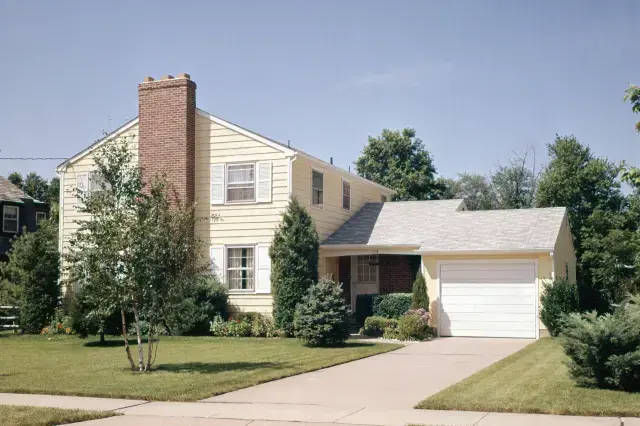What Did a House Cost During the Baby Boom?
- Classic City News

- May 4, 2024
- 3 min read

The baby boom was a global increase in the number of births in the years following the end of World War II. In the United States, the time frame is generally defined as between 1946 and 1964, when around 76 million people were born. It coincided with a period of economic prosperity that also saw a boom in home ownership. Census data shows that 43.6% of Americans owned a home in 1940; by 1960, that number rose to 61.9%, an increase of more than 18%. We took a look at the average cost of a house during this boom time, using data from the U.S. Census Bureau and inflation calculations from the U.S. Department of Labor’s Consumer Price Index.
The 1950’s

At the onset of the baby boom, the housing stock was still in a state of stagnation due to the wartime conservation of building materials. As a result, in 1947, 6 million households saw families sharing living space with extended relatives, and approximately 500,000 households were living in make-do spaces such as detached garages, trailers, or otherwise temporary housing. But a few key programs reshaped the housing market: the Servicemen's Readjustment Act (better known as the GI Bill), Veterans Administration (VA) home loans, and the already-established Federal Housing Authority (FHA).

In the prewar era, mortgages were commonly structured as “balloon loans,” which were relatively short-term loans (five to seven years, on average) with a substantial down payment (normally 20% to 50%). The VA and FHA programs flipped the convention to long-term loans with low down payments. The ability to spend less up front and pay back the loan over 25 to 30 years significantly eased the barrier to home ownership for many Americans, though not everyone: The practice of redlining meant that a vast majority of Black veterans were shut out from receiving home loans.

n 1950, some 1.53 million new homes were built, and VA and FHA loans comprised 51% of buyers. Another 2.4 million new homes were started between 1953 and 1957, using a total of $3.6 billion in loans. According to U.S. Census data, the national median price of a single-family detached home in 1950 was $7,354. That equates to $97,740 in today’s money, though it’s worth pointing out that the average house in 1950 was much smaller: 983 square feet and an average of 4.6 total rooms, as opposed to 2.264 square feet and seven to eight roomstoday. The average family income was $3,300, the equivalent of $43,859 today, which goes to show how much the housing market has outpaced regular inflation in the 21st century: Though the value of the average home in 1950 equates to $97,740 today, data from 2018 to 2022 shows the modern-day median home value is almost triple that, at $281,900. The price of a home in 1950 was approximately double the median household income; considering today’s median household income of $74,755, the price of a home is now nearly four times the median household income.
The 1960’s

The development of the Interstate Highway System with the Federal Aid Highway Act of 1956 made the areas surrounding cities more easily accessible than ever before. This, along with the wide availability of empty land for developers to build on, and the Home Owners’ Loan Corporation discouraging mortgage lending for central urban properties by identifying those areas as “hazardous,” contributed to the creation of the suburbs as we know them. By 1960, 15 million U.S. homes were under construction, and 75% of them were in suburban areas.

The median single-family home size in 1960 rose to 1,500 square feet and gradually increased throughout the decade to just under 2,000 square feet. The median number of rooms increased from the 1950s average of 4.6 to six rooms in the 1960s, and that number held steady throughout the decade. It’s tempting to attribute the increased home size to the space that was available in the suburbs, but the numbers don’t exactly bear out that explanation: The median lot size throughout the 1950s and ’60s was steady at just over .20 acres, and it didn’t significantly increase until the 1970s.
J

As home sizes increased, so too did home prices: In 1960, the median value of a single-family detached home was $11,900 — that’s $126,852 today. However, the median family income kept pace, increasing to $5,600($59,695 today), so the median annual family income still comprised approximately half the cost of a home. The least expensive state for home ownership was Arkansas, with a median home value of $6,700, while the most expensive state was Hawaii, with a median home value of $20,900 — or $71,4210 and $222,790 today, respectively.








Comments